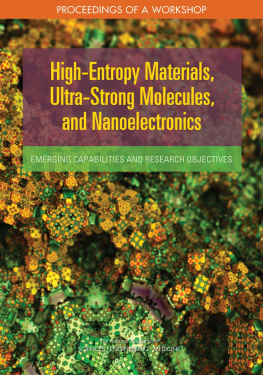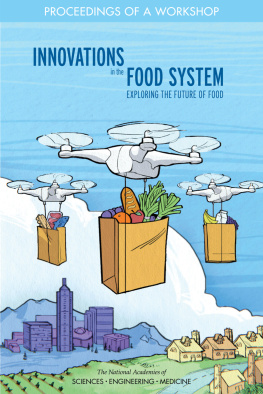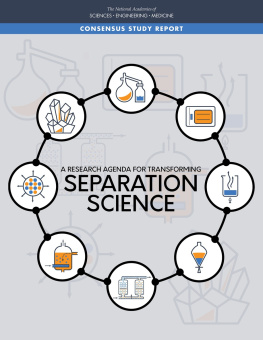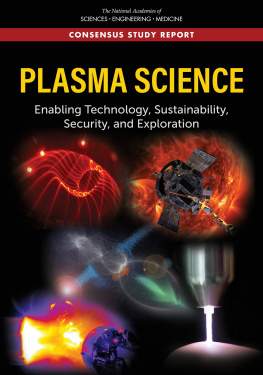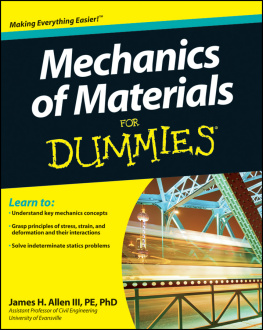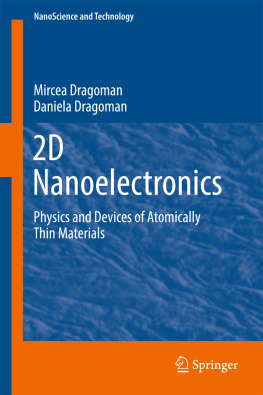Cantor, B., I.T.H. Chang, P. Knight, and A.J.B. Vincent. 2004. Microstructural development in equiatomic multicomponent alloys. Materials Science and Engineering A 375:213-218.
Chae, H.G., and S. Kumar. 2008. Making strong fibers. Science 319:908-909.
Cunniff, P.M. 1996. A semi-empirical model for the ballistic impact performance of textile-based personnel armor. Textile Research Journal 66(1):45-58.
Feuerbacher, M., M. Heidelmann, and C. Thomas. 2015. Hexagonal high-entropy alloys. Materials Research Letters 3(1):1-6. doi: 10.1080/21663831.2014.951493.
Gludovatz, B., A. Hohenwarter, D. Catoor, E.H. Chang, E.P. George, and R.O. Ritchie. 2014. A fracture-resistant high-entropy alloy for cryogenic applications. Science 345(6201):1153-1158.
Hemphill, M.A., T. Yuan, G.Y. Wang, J.W. Yeh, C.W. Tsai, A. Chuang, and P.K. Liaw. 2012. Fatigue behavior of Al0.5CoCrCuFeNi high entropy alloys. Acta Materialia 60(16):5723-5734.
Hernandez, Y., V. Nicolosi, M. Lotya, F.M. Blighe, Z. Sun, S. De, I.T. McGovern, et al. 2008. High-yield production of graphene by liquid-phase exfoliation of graphite. Nature Nanotechnology 3:563-568.
Miracle, D.B., and O.N. Senkov. 2017. A critical review of high entropy alloys and related concepts. Acta Materials 122:448-511.
Novoselov, K.S., A.K. Geim, S.V. Morozov, D. Jiang, Y. Zhang, S.V. Dubonos, I.V. Grigorieva, and A.A. Firsov. 2004. Electric field effect in atomically thin carbon films. Science 306(5696):666-669.
Santodonato, L.J., Y. Zhang, M. Feygenson, C.M. Parish, M.C. Gao, R.J. Weber, J.C. Neuefeind, Z. Tang, and P.K. Liaw. 2015. Deviation from high-entropy configurations in the atomic distributions of a multi-principal-element alloy. Nature Communications 6:5964. doi: 10.1038/ncomms6964.
Senkov, O.N., G.B. Wilks, D.B. Miracle, C.P. Chuang, and P.K. Liaw. 2010. Refractory high-entropy alloys. Intermetallics 18(9):1758-1765.
Sutter, H. 2009. The Free Lunch Is Over: A Fundamental Turn Toward Concurrency in Software. http://www.gotw.ca/publications/concurrency-ddj.htm.
Tang, Z., T. Yuan, C.-W. Tsai, J.-W. Yeh, C.D. Lundin, and P.K. Liaw. 2015. Fatigue behavior of a wrought Al0.5CoCrCuFeNi two-phase high-entropy alloy. Acta Materialia 99:247-258.
Wang, H., A. Sharma, A. Kvit, Q. Wei, X. Zhang, C. C. Koch, and J. Narayan. 2001. Mechanical properties of nanocrystalline and epitaxial TiN films on (100) silicon. Journal of Materials Research 16(9):2733-2738.
Ye, Y.F., C.T. Liu, and Y. Yang. 2015. A geometric model for intrinsic residual strain and phase stability in high entropy alloys. Acta Materialia 94:152-161.
Yeh, J.-W., S.-K. Chen, S.-J. Lin, J.-Y. Gan, T.-S. Chin, T.-T. Shun, C.-H. Tsau, and S.-Y. Chang. 2004. Nanostructured high-entropy alloys with multiple principal elements: Novel alloy design concepts and outcomes. Advanced Engineering Materials 6(5):299-303.
Youssef, K.M., A.J. Zaddach, C. Niu, D.L. Irving, and C.C. Koch. 2015. A novel low-density, high-hardness, high-entropy alloy with close-packed single-phase nanocrystalline structures. Materials Research Letters 3(2):95-99. doi: 10.1080/21663831.2014.985855.
Zhang, Y., T.T. Zuo, Z. Tang, M.C. Gao, K.A. Dahmen, P.K. Liaw, and Z.P. Lu. 2014. Microstructures and properties of high-entropy alloys. Progress in Materials Science 61:1-93.
Zheng, X., W. Smith, J. Jackson, B. Moran, H. Cui, J. Ye, et al. 2016. Multiscale metallic metamaterials. Nature Materials 15(10):1100-1106.
A
Workshop Statement of Task
An ad hoc committee will convene a 2-day public workshop to discuss issues in defense materials, manufacturing, and infrastructure, including Emerging Capabilities and Research Objectives for Ultra-Strong Molecules, High-Entropy Materials, and Nanoelectronics. The workshop topics will highlight some recent developments in the fields.
- High-Entropy Materials: Discovered in Taiwan in 2003, high-entropy alloys typically contain five or more metals, each with a composition of more than 5 percent (but usually less than 35 percent). These material systems have recently become a focus of active research because of their potential for being lighter weight than other metal alloys while exhibiting desirable combinations of properties such as high strength, high fracture toughness, and corrosion resistance. They often have simple crystal structures (face centered or body centered cubic) that are stabilized by a high entropy of mixing. While global research on these materials is starting to rapidly accelerate, much remains to be discovered, including a mapping (and prediction) of the compositional-temperature-time space of their existence, the study and optimization of mechanical, transport, and magnetic properties, and their corrosion behavior. Many companies are just beginning to assess the commercial prospects for these materials, while their potentially significant defense applications remain largely unexplored.
- Ultra-Strong Molecules: Strong sp3 backbone bonded polymer molecules, with a structure that is organized across multiple length scales (atoms to structure), have many applications. For example, they form the basis for a host of textile fibers and composite materials. Some are able to support dynamically imposed stresses and have become important for growing uses in ballistic protection systems, where they can significantly improve mass efficiencies (although often at the expense of a reduced volumetric efficiency). Recent breakthroughs have enabled 2D graphene molecules (with sp2 bonds that exceed that of sp3 molecules) and many similar strongly bonded molecules with specific strengths and moduli as much as an order of magnitude higher than polymeric analogs. These discoveries now offer a potentially transformational capability to the DoD. However, much of the most interesting research appears to be occurring outside the contiguous United States.
- Nanoelectronics: The predictions of Gordon Moores scaling law for microelectronics have been achieved, and today the most advanced devices are being assembled with feature sizes that are a few tens of nanometers in dimension. While the capabilities of the logic and memories made this way are incredible compared with those of 10 years ago, the rapid pace of evolution has many implications for the DoD. These include efforts to ensure radiation hardness, the reliability of devices whose failure times are dropping into that of the anticipated lifetime of DoD platforms and subsystems, and the difficulty of designing and deploying complex systems that can rapidly adapt and exploit the leading-edge capability. The complexities are likely to grow over time, since future devices are expected to make increased use of a bottoms-up fabrication approach that involves the assembly of nanoscopic components.
B
Registered Workshop Participants
Roshdy Barsoum, Office of Naval Research
Noam Bernstein, Naval Research Laboratory
Valerie Browning, ValTech Solutions, LLC
Konrad Bussmann, Naval Research Laboratory
Linda Casola, National Academies of Sciences, Engineering, and Medicine
Long-Qing Chen, Pennsylvania State University
Dianne Chong, Boeing Company (retired)
Julie Christodoulou, Office of Naval Research
Luigi Colombo, Texas Instruments, Inc.
Karin Dahmen, University of Illinois, Urbana-Champaign
Virginia DeGiorgi, Naval Research Laboratory
Jesus M. de la Garza, Virginia Polytechnic Institute and State University
Vikram Deshpande, University of Cambridge
Steven Fishman, Office of Naval Research (retired)
Lisa Friedersdorf, National Nanotechnology Coordination Office

